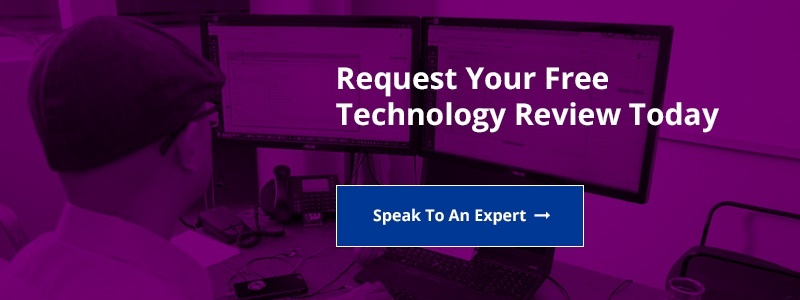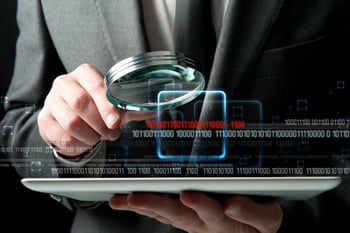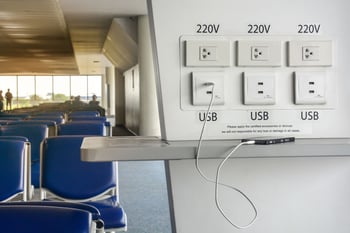It’s something that everyone has in common: Unread emails that are sitting in your inbox. These emails can be unread for many reasons — you’ve been busy; you simply don’t want to read them; or, perhaps you’ve read them but re-set them as “unread” because you don’t want to deal with them at the moment and then forgot about them
For many people, it feels like that “unread mail” icon taunts them. As a business owner, I understand how dealing with a never-ending stream of emails can feel like an uphill battle. However, the good news for everyone is that there is now an internet holiday to help you come to terms with this issue — It’s called Email Debt Forgiveness Day.
What is Email Debt Forgiveness Day?
On April 30, Email Debt Forgiveness Day is the day of the year when you can play catch-up on those emails you should have responded to days, weeks, or even months ago. The holiday got its start when the podcast Reply All manufactured it to "make our inboxes less stressful."
According to the website, some of these basic steps include:
- Finding the email(s) you’ve been avoiding.
- Ignoring the amount of time that’s passed since you received the email(s), sending a reply.
- Sending the email(s) and enjoying your day.
Pretty simple, right? While celebrating this unofficial holiday by working on your inbox is a great idea for this special day, what do you do on the other 364 days of the year? I’ve put together five tips on how you can effectively handle these emails the rest of the year.
5 Ways to Handle the Influx of Emails
Are you ready to take on the challenge? Pour a cup of coffee and pull up your comfy chair. Here’s how you can get started:
1. Delete the Spam Emails
For a quick win, go through your inbox first and delete messages that are clearly spam. These are the messages featuring email subject lines about male sexual health enhancements, promises of free money if you help someone’s relative in another country, and other equally false narratives. This process will help you watch the number of emails in your inbox rapidly start to drop, giving you a sense of accomplishment while also making the task at hand less daunting.
As you’re culling through these messages, just be sure to NOT open the emails — simply delete them outright from your inbox or mark them as spam and clear your trash folder once you’re finished. Otherwise, you risk infecting your device or the network it’s connected to by opening emails that contain malicious software.
It’s equally important to be aware of phishing emails. These messages, which often are disguised as emails from real people or companies, seek to gain information from you or to get you to click on a malicious link or download harmful software. As an IT security professional, I can say with confidence that no matter the size of your organization, or the breadth of its cybersecurity experience or knowledge, ANY organization can fall prey to these emails without ongoing cybersecurity awareness and training.
A good rule of thumb is that if you don’t know who an email is from, don’t open it. Don’t end up like millions of Gmail users who were recently targeted by these malicious messages. As always, do NOT click on a link that you're not 100% confident about where it’s from and where it will take you.
2. Unsubscribe to Emails You Don’t Read or Didn’t Sign Up for
If you’re like most everyone, you likely receive a lot of emails from random companies. You may have signed up for a list at some point, or your email address may have been sold by a third party and now you’re receiving spam. Either way, if you find yourself in this situation, you likely can unsubscribe from their emails by either clicking on the “unsubscribe” link at the bottom of the email (if it’s from an official and verified source), or by looking up the company website and sending an email to contacts there asking to be removed from their email lists.
3. Organize Your Inbox with Folders, Subfolders
It’s amazing how many people aren’t using their email folders to their full potential. In addition to your inbox, outbox, spam, and trash, you can create a multitude of other folders (and subfolders) that can help you make your personal and work email lives better. All it takes is a little organization to make you feel a whole lot better. Rather than facing one massive email inbox, you can break it down into folders organized by sender, topic, or any number of other categories.
In fact, one resourceful online blogger even suggests creating “Completed” and “Do soon” folders to help her stay on track. This to-do list format can help you stay on top of your emails without them simply getting lost in the sea of emails you likely receive each day.
4. Send Initial Quick Responses to Let the Sender Know You’re On It
If you don’t have time to write out a lengthy response, that’s okay. Take five seconds to simply send a, “Hey, I’ve received your email and will get back to you at ___.” Not only does this show the email sender that you value their time, it also helps you hold yourself accountable for responding to emails more promptly.
5. Don’t Write a Book: Make Your Emails Shorter, More Effective
Unless you’re sending emails to your best friend or a loved one, longer emails aren’t always appreciated — especially when it comes to sending emails to people in the workplace. After all, time is money. There are several ways to start doing this, including:
- Summarize in a few words the point of the email in the subject line. Instead of saying “Hi, Craig!” try instead saying “I have questions about ____” (insert your area of concern here) or “Looking to schedule a meeting about ____ on June 1.”
- Start with what you want to know or the point you want to make. In the body of the email, start out by greeting the recipient but then get immediately to the point without being rude, pushy, or abrupt. Tell the reader what it’s about upfront so they don’t have to sift through paragraphs of info to find out the point of your email.
- Establish your credibility in the beginning. This can be part of the first line. “Hi, I’m Craig. I am the CEO of FPA, an IT security firm in Los Angeles. I’m reaching out to invite you to attend our upcoming webinar about new cybersecurity threats for LA CPAs on (day and time).” This format quickly and effectively tells your reader what they want to know without taking up a lot of their time.
What are some of the email best practices you use to deal with the never-ending streams of personal or work emails? Be sure to share them in the comments section below or send me an email to discuss email security or best practices more in-depth.
/fpa-logo-tagline.gif)






